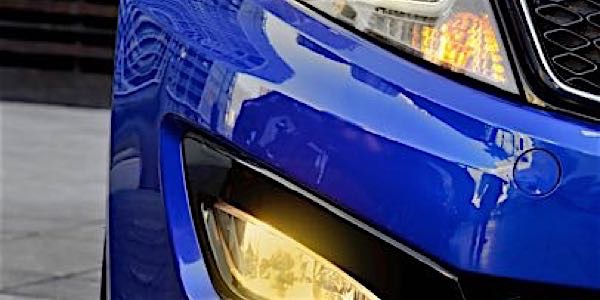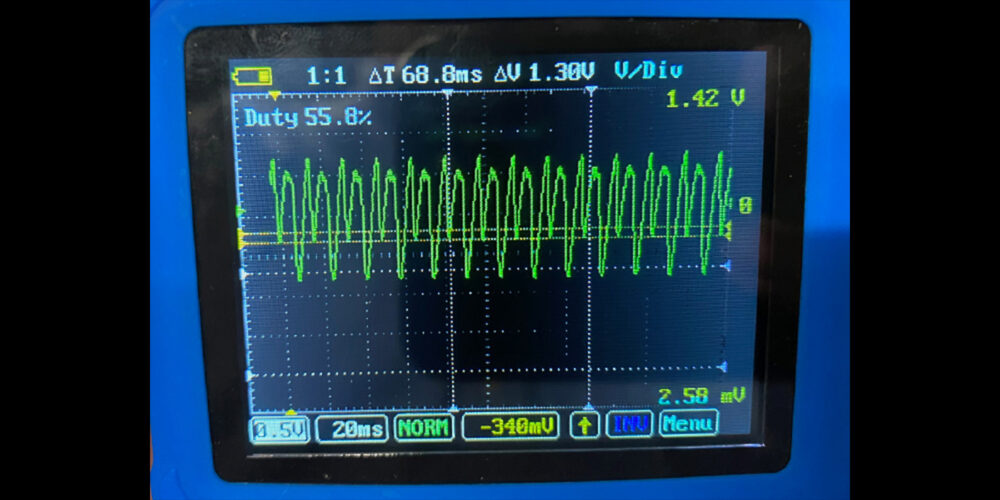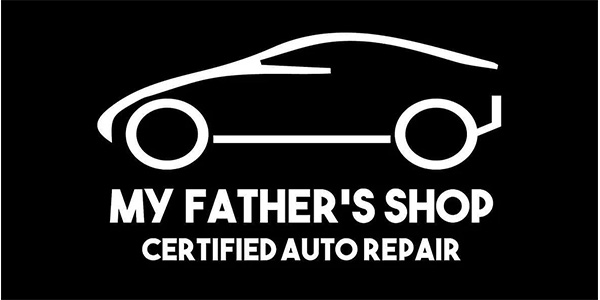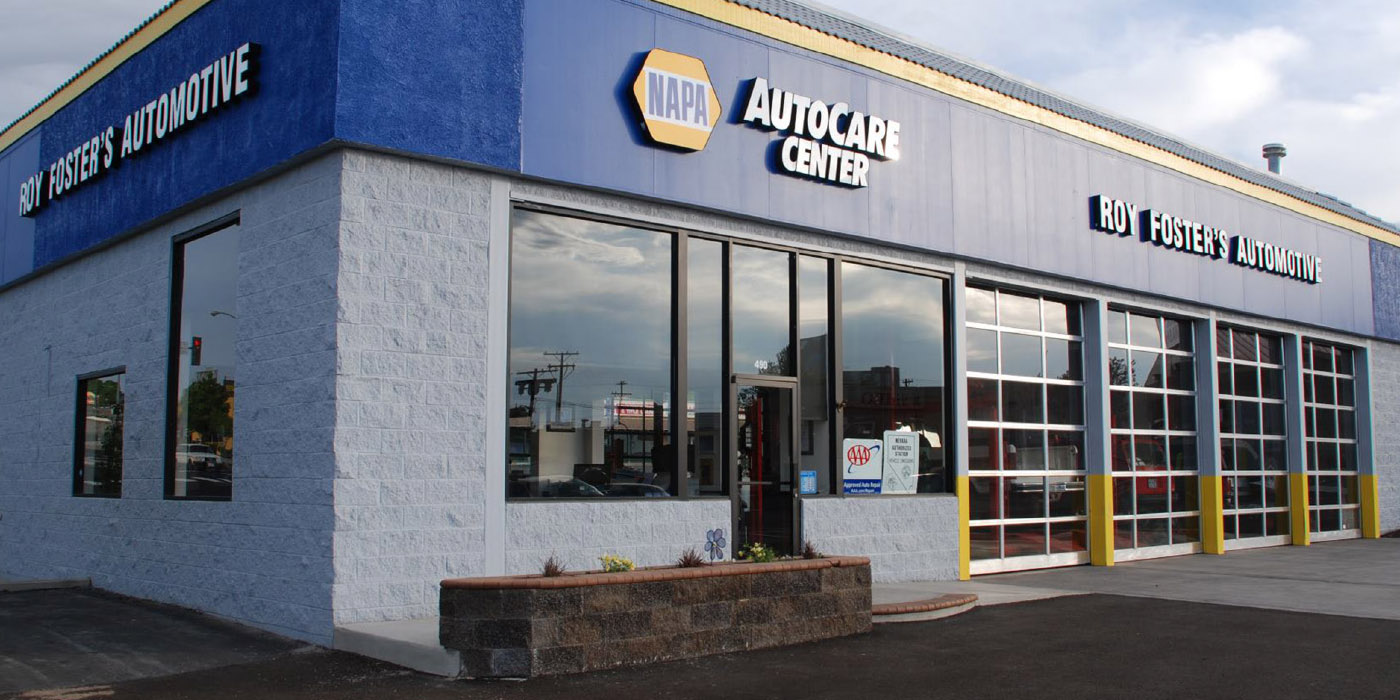Whether a vehicle finds its way into your shop for worn rotors or a broken timing belt, you have an obligation to the customer to ensure his/her car is in good working order by the time it rolls out of the bay. Fixing the issue that brought them to your shop in the first place is a given, but there are some other steps you should be taking that can simultaneously benefit the customer and build your shop’s credibility. Creating a vehicle diagnostic checklist is the best way to make sure you’re thoroughly diagnosing every car that you service.
Many technicians get into the profession because they love spending their time thinking about, tinkering with and wrenching on cars. However, the lion’s share of your customers probably aren’t gearheads, and they may not notice even their most readily apparent maintenance needs. That’s why it’s on your technicians to point out any issues that should be treated before the car leaves your shop. These issues include everything from worn wiper blades and burned out lights, to low fluids and dirty engine oil.
Follow this simple checklist for every car that comes in to ensure you’re not leaving any unfixed issues — or dollars — on the table.
Talk to Your Customer
Asking your customer the right questions at the outset of service is one of the most important steps you can take in servicing a vehicle. You’d be amazed at some of the things customers forget or neglect to mention when they come in for service. Be sure to ask the customer how their vehicle is driving, if there has been any shift in ride comfort, or if they have noticed anything unusual with their vehicle performance recently. Ask them to describe any out-of-the-ordinary sounds, and then follow up on this intel while servicing the vehicle to see if additional maintenance might be needed.
Wiper Check
A car with old, worn out wipers can be a serious hazard on the road, but a vehicle’s wipers can’t be adequately checked just by a simple glance at the wiper blade itself. Make sure you physically turn on the wipers and use a spray bottle filled with water on the windshield to determine if the wiper blades are working properly. You should also double-check that the washer pump is functioning correctly and adequately distributing fluid.
Light Check
Check that every light on the vehicle is both working properly and clearly visible. The presence of fogged over/sandblasted headlight lenses should be brought to the client’s attention. (You should consider offering a lens sanding and polishing service if you don’t already, but should at least be able to outsource this service.)
Additionally, you may want to suggest replacing burned-out bulbs with the LED variety where applicable, as today’s bulbs last longer and provide a brighter light with a sharper contrast. These newer bulbs help the driver see better at night and make it easier to distinguish any potential obstacles on the road. An added benefit of installing LED bulbs is that the mark-up is much higher than on regular incandescent bulbs; however, the higher price point is justified for many customers because they can actually see the benefits virtually every time they drive their vehicle. Because bulbs differ in color and contrast, always make sure to replace bulbs in pairs.
Fluid Check
A vehicle’s fluids often tell the tale of undiagnosed issues a vehicle may be experiencing that don’t necessarily meet the eye. Checking all the fluids in a customer’s vehicle for contamination and fluid level is both a professional courtesy and a great way to spot potential issues that the customer might not have noticed. Skipping this step can leave jobs as simple as an oil change, or as in-depth as a transmission replacement or head gasket repair, on the table.














